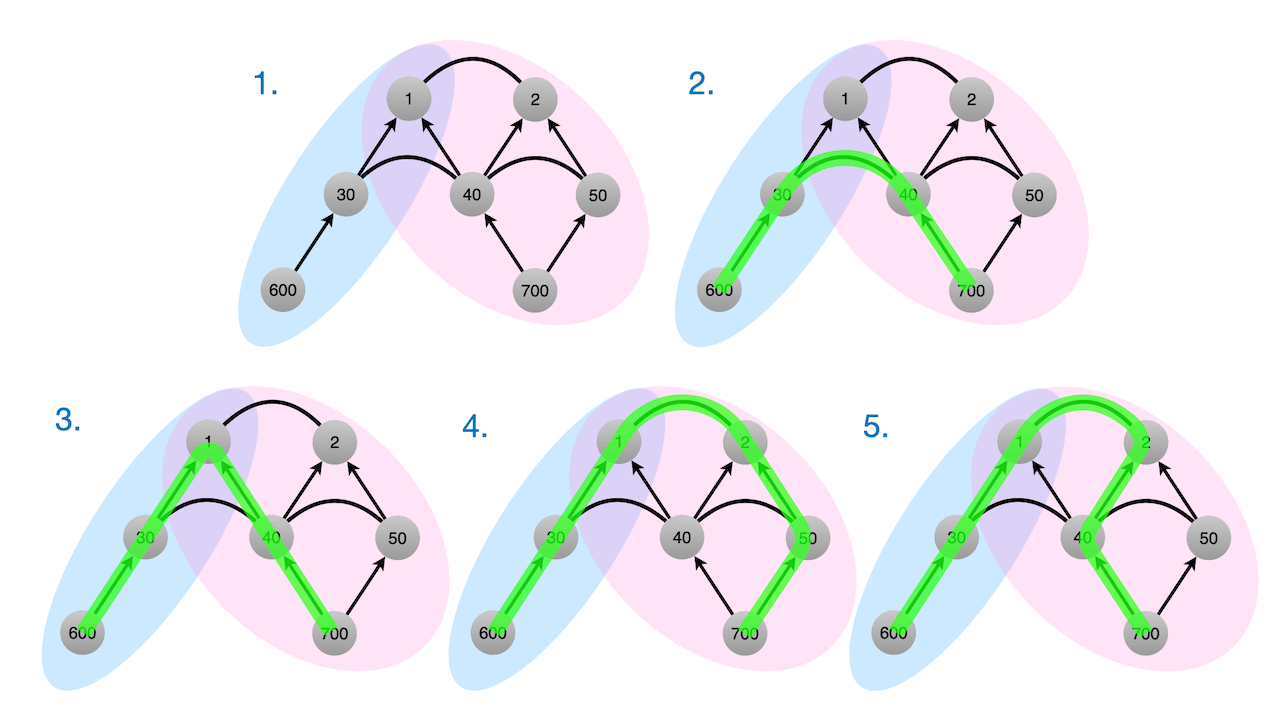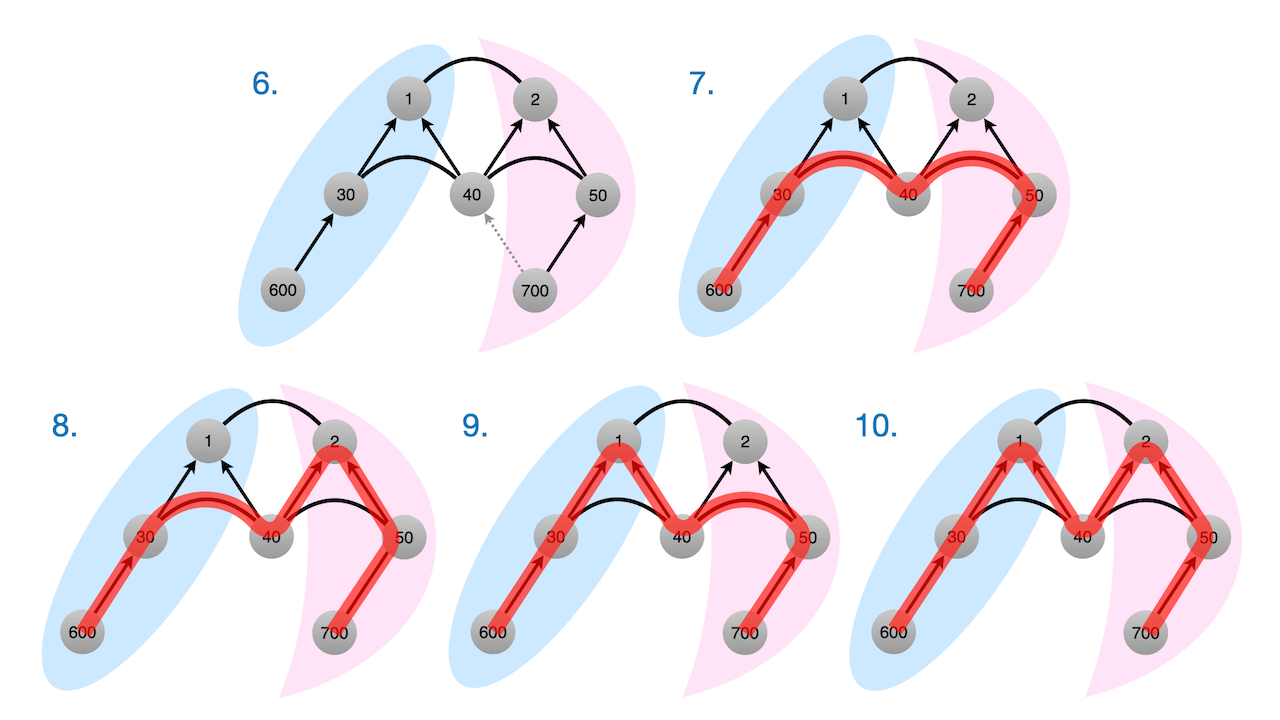New e-book: Internet Routing with BGP (posted 2022-11-18)

I did it again... I wrote another book.
20 years ago O'Reilly published my first book, titled simply “BGP”. My goal with that book was to write the book that I would have liked to have read when I started my journey with the Border Gateway Protocol, the internet's routing protocol.
Although amazingly, we still use the same version 4 of the BGP protocol as in 1994, a lot has changed. As updating my previous book was not in the cards, I decided to write a completely new book about BGP. It's called “Internet Routing with BGP” and it's now available as an e-book. See the end of the article for details and links.
What is BGP and what does it do?
The super short version is that BGP lets routers make IP packets finder their way across the internet. You need BGP to be able to use connections to two or more ISPs.
What makes BGP so fascinating: scale and business
There are several other routing protocols, and on a technical level, BGP is not the most interesting or even the most complex one. I think (and have written about how) OSPF is a strong contender in that race.
One thing that makes BGP fascinating is that it connects together something like a million routers in about 100,000 networks from different organizations. All these routers talk to each other in real time. Actions by one have consequences for all the others.
But the real 🤯-moment comes when you realize that if you're an ISP, BGP runs your business. For instance, BGP's hot potato routing means that traffic is handed off to the next network as soon as possible. The implication is that the receiving network has to carry the traffic most of the distance. Which is why internet service for consumers is relatively expensive (vast majority of traffic is incoming and thus high long distance costs) while hosting services are relatively cheap (mostly outgoing traffic so low long distance costs).
Valleys are costly
As BGP runs a service provider's business, it's important that BGP knows about the business relationship between two networks that connect together. In the figure below, networks 600 and 700 at the bottom are customers of networks 30, 40 and 50. Those are in turn customers of networks 1 and 2. The arrows show in which direction the money flows.

Valley-free and thus valid paths
The blue ellipse shows the part of the internet that gets paid to handle traffic to and from network 600. The pink ellipse shows the part of the internet that gets paid to handle traffic to and from network 700. Network 1 gets paid by both. Some networks have a peer relationship, where they exchange traffic without money changing hands. (Shown as arcs here.)
This means that all the green paths in sub-figures 2 to 5 are valid paths between 600 and 700, where all the service providers involved get paid. The path in 2 is the shortest, so that is the best one. But what if 700 is not a customer of 40:

Invalid paths with valleys
There are still several paths possible through network 40, but as 40 is paid by neither 600 nor 700, handling traffic between those network would be giving away service for free. So BGP needs to know about the business relationships between connecting networks in order to avoid the red, invalid paths.
Interestingly, all the invalid paths have a “valley”, while none of the valid paths have such a valley. The valleys happen when traffic moves up the service provider hierarchy, then starts moving down or sideways, but then doesn't continue to move down, but instead moves up or sideways again. These valleys indicate that someone doesn't get paid. Note that the earlier green path number four is still a valid path here.
In practice, paths that aren't valley-free indicate that someone made a mistake with their BGP setup, causing a “route leak”. Those leaks attract traffic that then usually doesn't make it to the intended recipient. Or perhaps only after the leaker eavesdropped on it.
So, please BGP: no valleys.
A bit more about the book
I believe this is one of the first books that covers the RPKI BGP security mechanism, with several examples showing how to apply RPKI and how it works. Most of the book shows configuration examples and the resulting output and then discussing what happens when and why.
The book is available from Amazon (Kindle format), from Apple (EPUB format / Apple Books) or from Google (PDF and EPUB formats). You can also get a site license directly from me (PDF and EPUB formats). And you can get sample chapters if you follow that link. If you want to see the example configurations in action (before or after getting the book), download the BGP minilab. This contains scripts and router configurations to run the examples on your own computer under Docker.
And after slowing down the past few years for pandemic reasons, I'll be doing my BGP training courses again in the near future, based on the new book.
